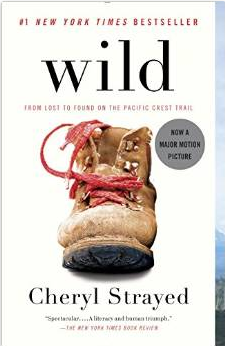I had to read The Book of Cold Cases as soon as I received it, because there’s no one better than Simone St. James when it comes to a combination of mystery and the supernatural. It did not disappoint.
Twenty years ago, nine-year-old Shea got into a serial killer’s car. She survived, but the experience left her with several phobias and a great deal of fear. It also left her with a fascination for true crime, which she feeds by keeping a true-crime blog called The Book of Cold Cases.
At work one morning, She recognizes Beth Greer, a wealthy woman who was tried but not convicted of the murders of two men in 1973. Most people in their small Oregon town think she’s the first woman serial killer. She has never agreed to an interview, but after she catches Shea following her, she agrees to one.
Shea meets her in Greer’s parents’ home, an ugly mansion above the town with the ocean a sheer drop beneath a small lawn. Oddly, it is still decorated as her parents left it. Before the murders, her father was found dead in the kitchen, having been shot in the face by an apparent burglar. The manner of death was the same as that of two men shot several years later with the same caliber bullet, which was some of the evidence used against Beth.
Beth begins to tell Shea part of what she knows about the case, and Shea decides that although she doesn’t think Beth murdered the men, she knows more than she is telling. Then during a break, a weird thing happens. Shea goes to the kitchen and bathroom. First, all the taps turn back on after she turns them off, then all the kitchen cupboard doors open when she has her back turned to them.
When Shea tells Michael, her private investigator, what happened, he thinks Beth could have rigged up some kind of mechanism. But Shea isn’t so sure. Then when she is playing back her recording of the interview, she hears in the background the faint voice of a woman repeating, “I’m still here.” After she’s heard the voice, her phone dies and the recording disappears.
As Shea investigates the case, the novel moves back in time to events of 1973 and further back to Beth’s childhood to show what happened.
This is a great combination—mystery, thriller, and ghost story. St. James has always been good at what she does, but this book and her last were excellent.









